After a big response to “7 UX Design Trends to Watch out for in 2017”, we are getting a lot of requests to publish the Design Trends for 2018. So, here you go…
Innovations dominated the year 2017, from head transplants to 3D printed houses to space tourism to citizenship to a robot. It also turned out to be a rocking year for user experience with emerging technologies making strong inroads in the UX. In the past, you had the liberty to build and grow your product without spending a dime on User experience. But, now it’s a big mistake to ignore the relevance of UX DESIGN. Here are the hot, happening, and inspiring UX design trends that should be part of your experience in the year 2018.
1. Minimalism and magic of negative space
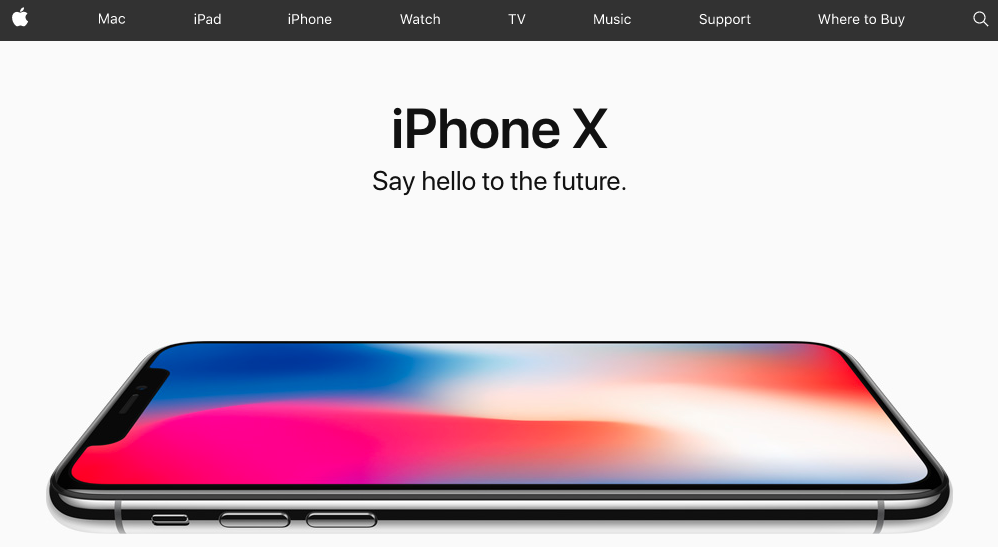
It’s high time you ditch the bells and whistles in your design, as the focus in 2018 will be on removing any obstructions that distract you from completing the task. Each page will be designed with keeping a task in mind, and the trends like minimalism and white space will streamline the user’s journey towards goal completion.
- Nothing can be placed in the design without a purpose. Minimalist designs that load quickly will continue to be desirable for both mobile and desktop users.
- Minimalistic designs result in faster-loading sites, but this doesn’t mean boring designs. Contrasting colors, illustrations, and bold typography will provide eye-catching yet clutter-free user experience.
- White space or negative space will be used to draw attention to the content, creating a path to navigate through the content.
- White space is imperative for usability and accessibility, leading to increased engagement and conversions.
2. Mobile taking priority, literally everywhere

Mobile usage is not only limited to entertainment and gaming these days, individuals are using their mobile phone to access everything on the go right from shopping to business. In 2018, we will see the mobile-friendly elements heavily influencing the desktop design.
- The influence of hamburger will fade a bit in 2018, but mobile design elements such as sticky menu items, clutter-free design, cards layout, and large typography will find a strong place on desktops.
- The focus will be high on designing the platform agnostic experiences. It means giving the user, a flexibility to browse the products on the app and completing the payment on the website and vice versa.
- The experience will be frictionless everywhere. In the end, the user should be able to remember the brand and not the technology or device used to accomplish the task.
3. It’s time to say HEY to Siri and OK to Google
Contact us form, Sales email, Phone numbers, or Mapped location are not enough for millennials who like to engage through WhatsApp and Facebook. The trend in 2018 is inclining towards communication through smarter conversational interfaces. Conversational interfaces have started appearing in many interfaces and will continue to create to streamline interactions in 2018.
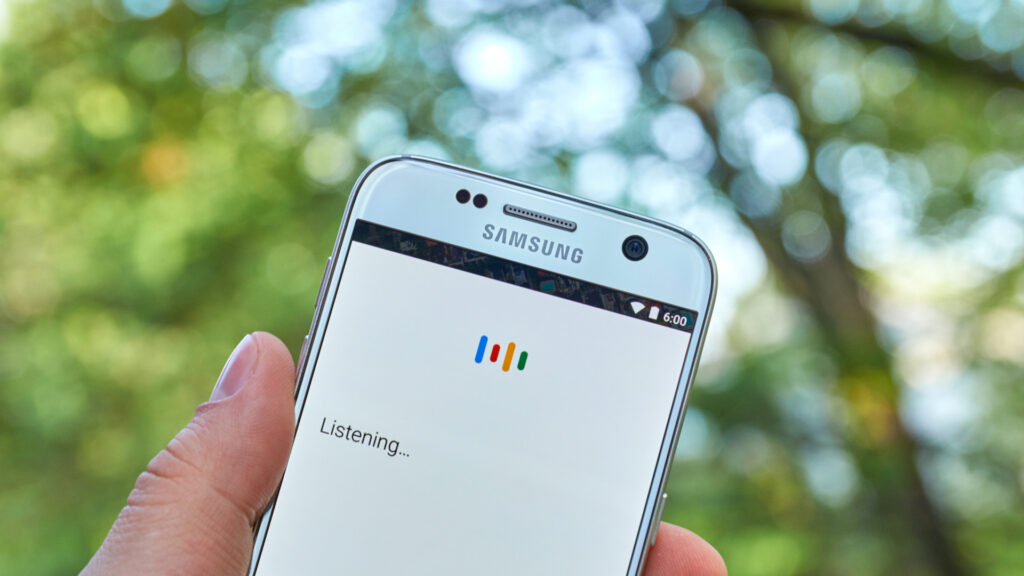
From clicks and taps, the experience will move towards embracing the voice user interfaces. There are multiple things to distract users’ attention these days and VUI will play a huge role in keeping their visual attention on the screen even if they are engaged in another activity.
The recent development in natural language processing and machine learning has ensured that VUI and chatbots can understand complex conversations and even predict your response beforehand.
4. Animation making a comeback in a different way
GIFs have become a mania in 2017 surpassing over 200 million daily users. This baby of static images and videos is set to make a huge impact in 2018 as well. They create a huge value by bringing a dynamic life to images and not being performance heavy as videos.
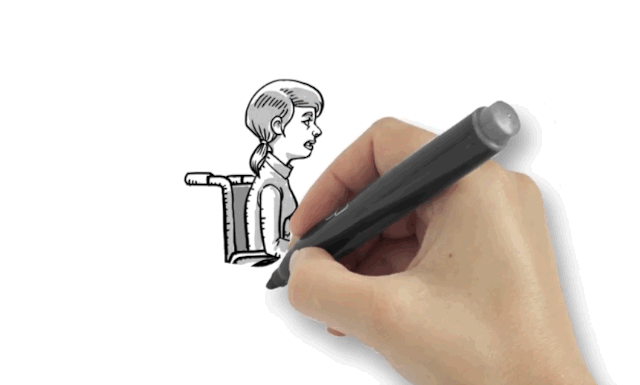
- Cinematograph will emerge as a popular alternative to draw attention to the critical elements on the page. It will increase engagement and could be programmed to spin or dance when interacted. This is an ideal scenario to make sure nothing gets missed on the screen.
- Interactions will be part of everything, not just gifs. Scroll triggered animations that get alive on touches and scrolls, if well thought and implemented can give a modern appeal to your website.
- Smooth transitions will move to logos in 2018. So, a regular fixed logo will make way for the animated logos. They could surprise the audience, tell a story, or evoke positive emotions.
- While transitions will become common in design, designers will make sure each transition has a purpose and is relevant to the task completion.
5. Smarter personalization
Personalization is already a popular trend in designing but 2018 will make way for smarter personalization. It is going to be everywhere, from allowing the customers to set the color palette of the website to just the chat window. The personalization is getting a boost from the developments happening in AI, machine learning, smart content, and data enrichment.
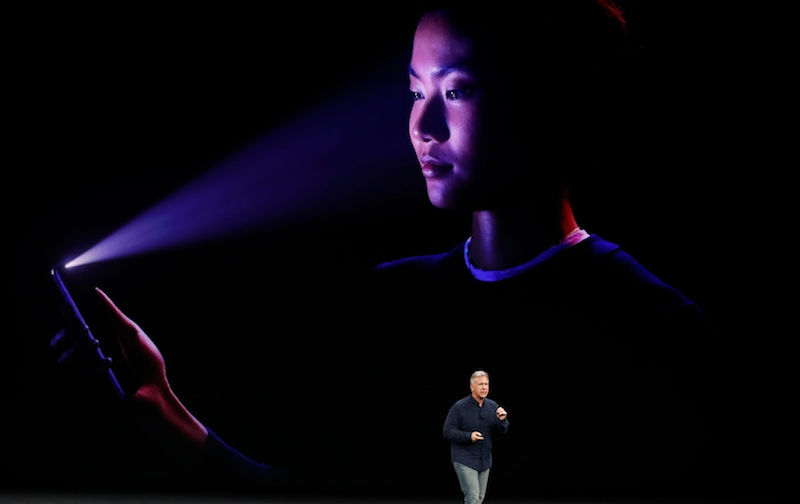
- Instead of following the latest trends, user research will be done to find out the color and typography sensibility of the users.
- Interface that remembers the audience, adapts to match their needs and provides them tailored experiences.
- Voice interfaces that remember the voice of their user and tweaks the experience to match their taste.
- Age responsive design after determining the age. Making colors vibrant and stylish typography for the teenagers while large fonts and sensible colors for elderly users.
- Fingerprint and face recognition will also make authentication easier and more brands will ditch the need of remembering passwords.
6. Below the fold – continuous experience

The need to squeeze everything above the fold has long lost its significance due to the popularity of Facebook/Twitter-inspired infinite scrolling. Users already have a habit of scrolling due to the mobile browsing, now they are getting accustomed to scrolling on desktops too. The new trend is to offer something new to the user at every scroll. The information should be prioritized and bucketed in such a way that user needs are addressed and still the flow seems continuous.
The navigation will be content focussed so that nothing distracts the users from the reading experience. Content, information architecture everything will work towards anticipating the user need and providing the most relevant information and features to the user at every step of the journey, boosting relationship and trust with users.
7. New age of feedback capturing
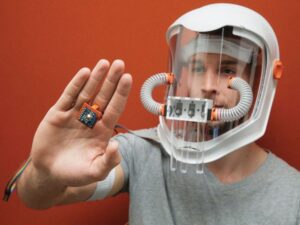
Our 2017 list comprised of new methods of capturing feedback. Electroencephalography to find out the type of user emotions and Galvanic skin responses to measure the intensity of particular emotions. But 2018 will see the evolution of these feedbacks capturing techniques and also how this feedback can be employed to evoke the desired sensation in the person or enhance their experience of the product.
Synesthesia is a neurological condition of mixed sensation, where a stimulus elicits another sensation in the person involuntarily. Synesthetic feedback is the new kid in the UX design block, where interfaces can extend the scope of accommodating multi-sensory experiences. In short, hearing or reading a word can elicit a related sensation such as taste. For example, a picture of cappuccino can bring an aroma of freshly brewed coffee or its divine taste in the mouth. UX designers are planning to integrate synesthetic feedback into their user experience, but it will take some time before we see this technology in real.
Conclusion
Startups are getting great traction in a short span by creating an amazing user experience. Now, even big enterprises know the worth of building right UX and bring the latest and greatest of UX in their products. UX Design with a strong focus on emerging technologies will dominate the user experience world of 2018.
At the same time, companies will focus more on evaluating ideas and designing products that user need. Therefore, design thinking will find more takers who want to put the human-centered design to bring their idea to life.
If you are aligned with our 2018 goal of providing an intelligent, fast, and intuitive experience, ensuring users complete an action in minimum time and in a limited number of steps, then give us a shout.
